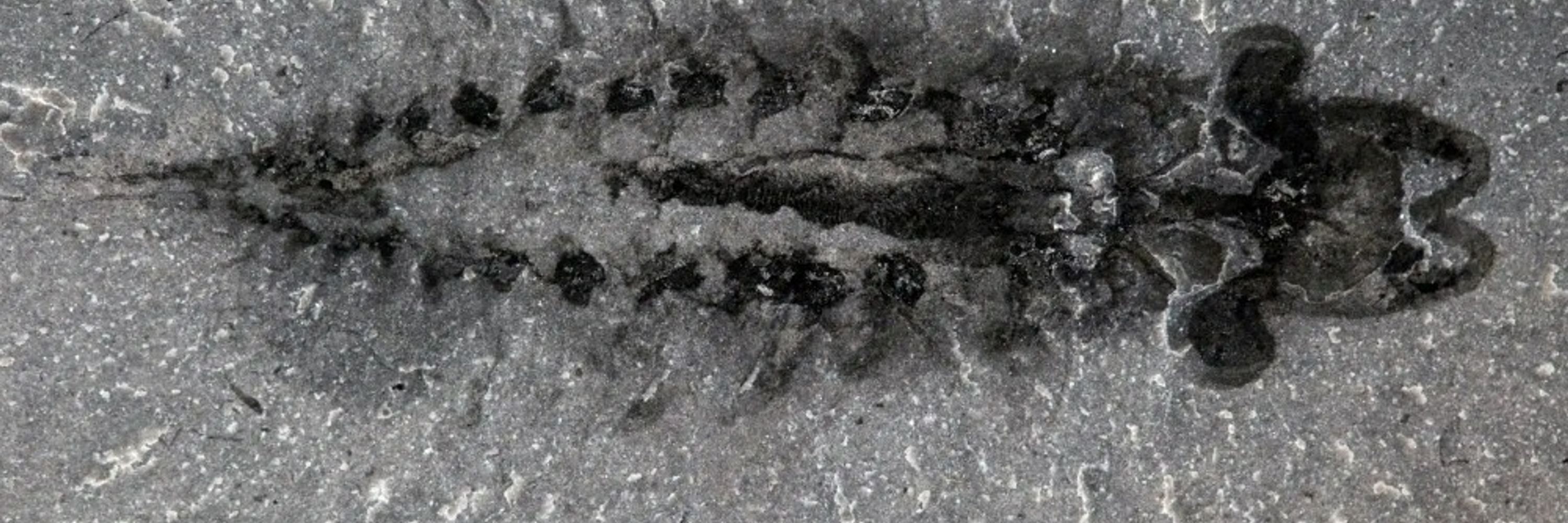

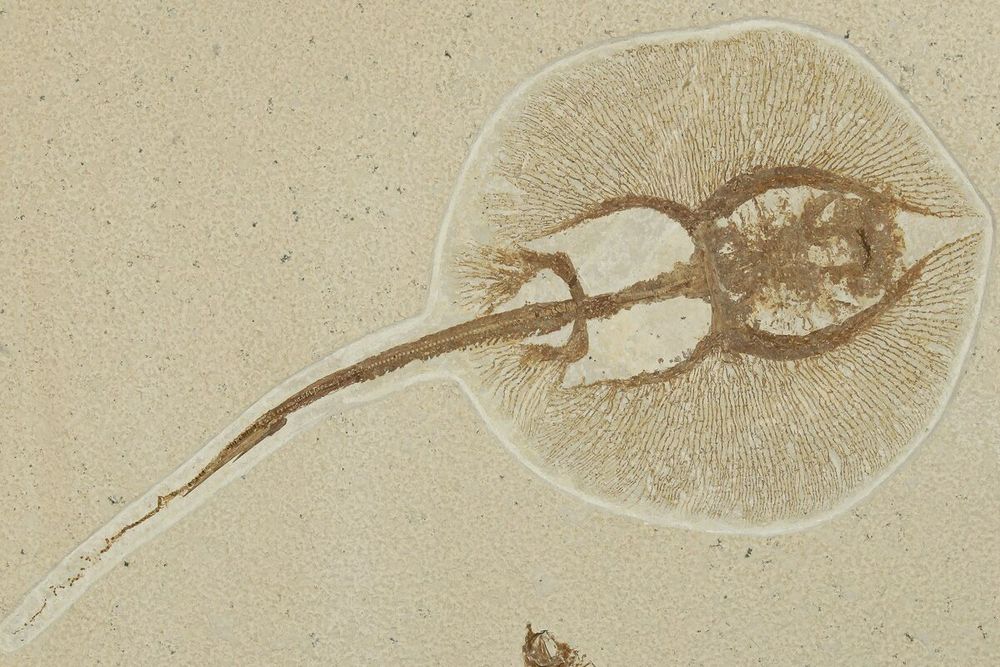
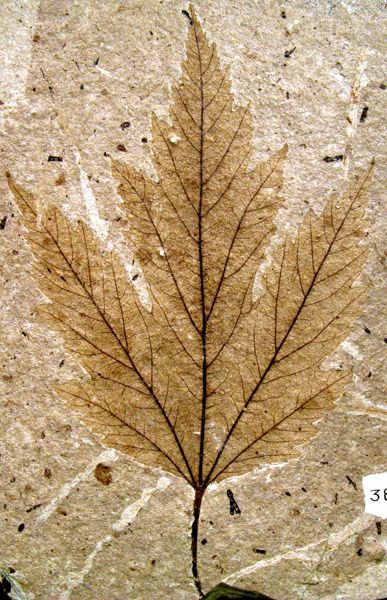
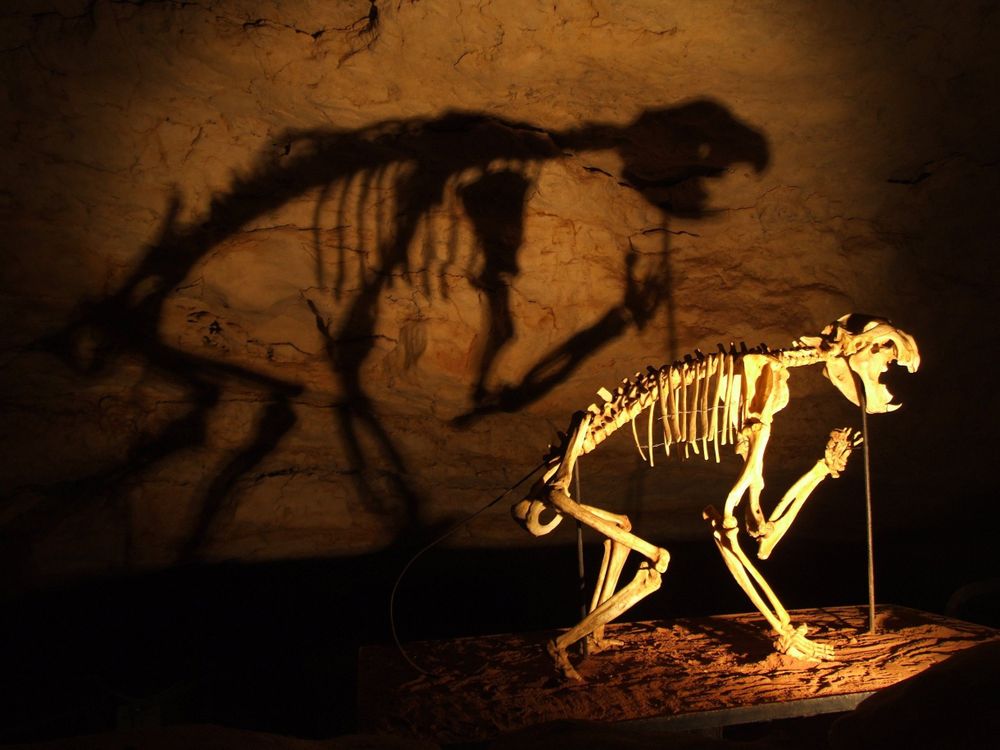
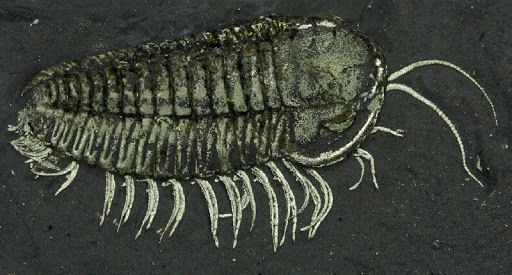
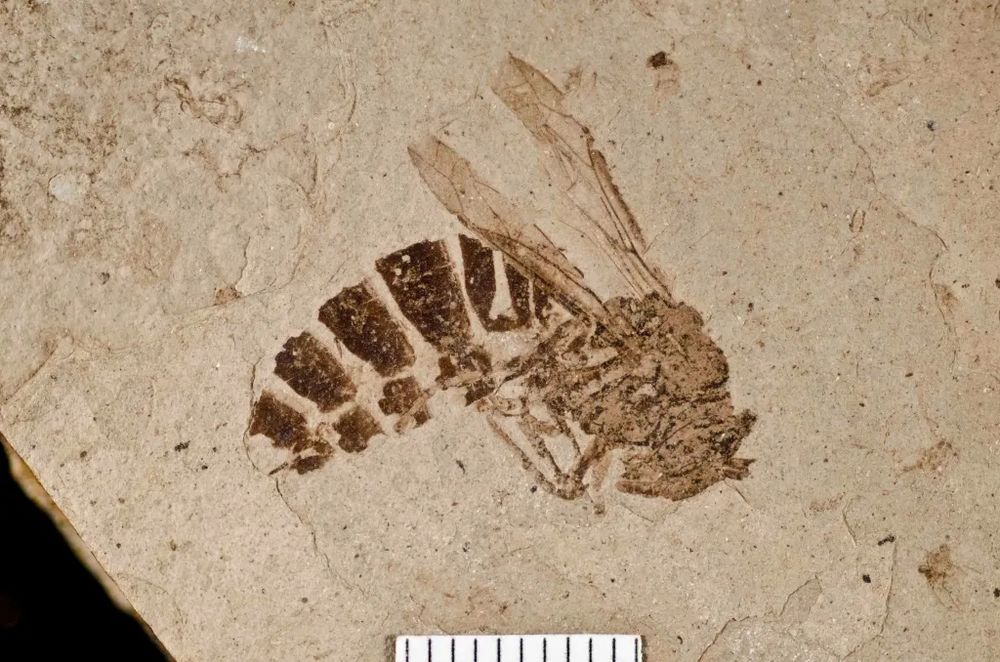
www.science.org/doi/10.1126/...

www.science.org/doi/10.1126/...
www.pnas.org/doi/full/10....
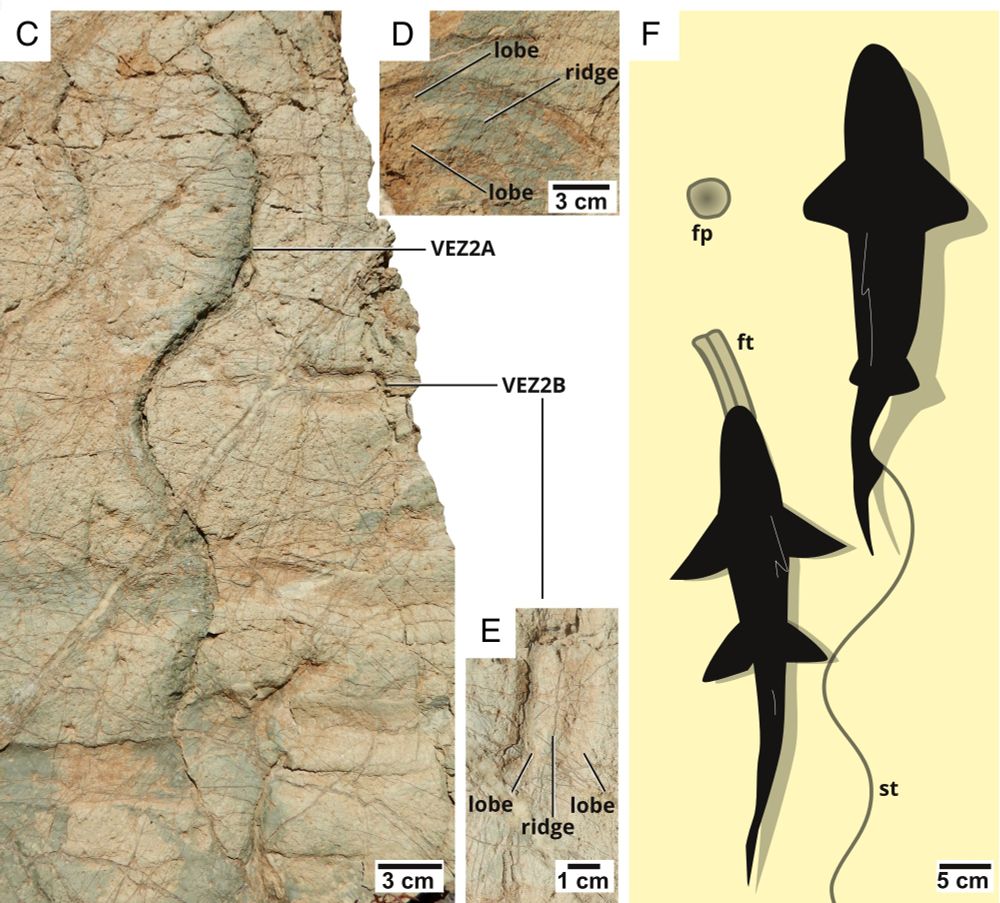
www.pnas.org/doi/full/10....
#TracksWeek #Paleontology
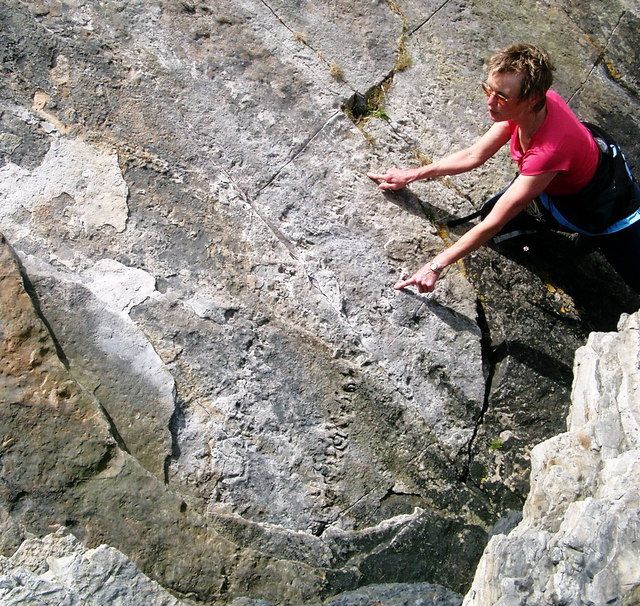
#TracksWeek #Paleontology
#TracksWeek #Paleontology
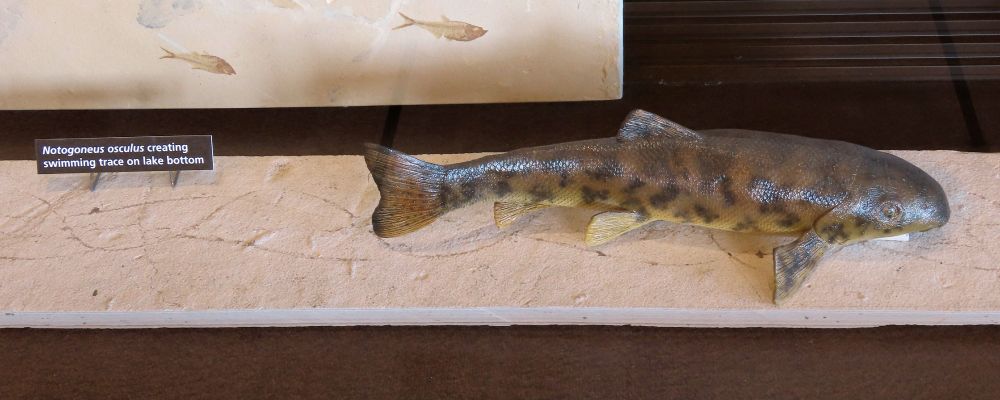
#TracksWeek #Paleontology
#TracksWeek #Paleontology
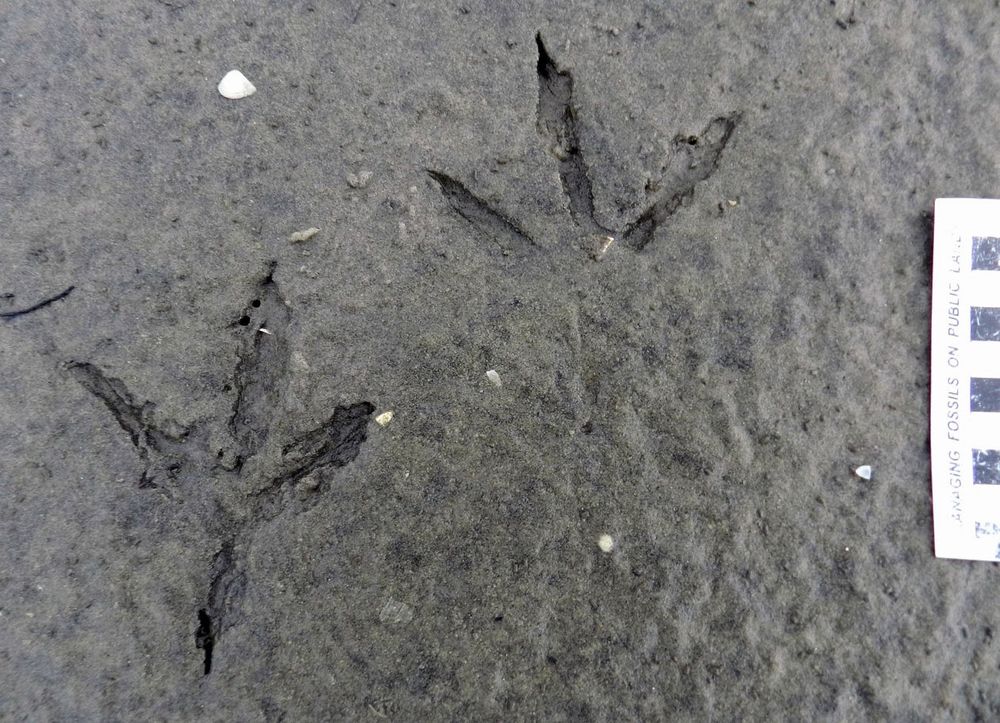
#TracksWeek #Paleontology
#ChinleWeek #Paleontology
anatomypubs.onlinelibrary.wiley.com/doi/full/10....

#ChinleWeek #Paleontology
anatomypubs.onlinelibrary.wiley.com/doi/full/10....
#ChinleWeek #FossilFriday
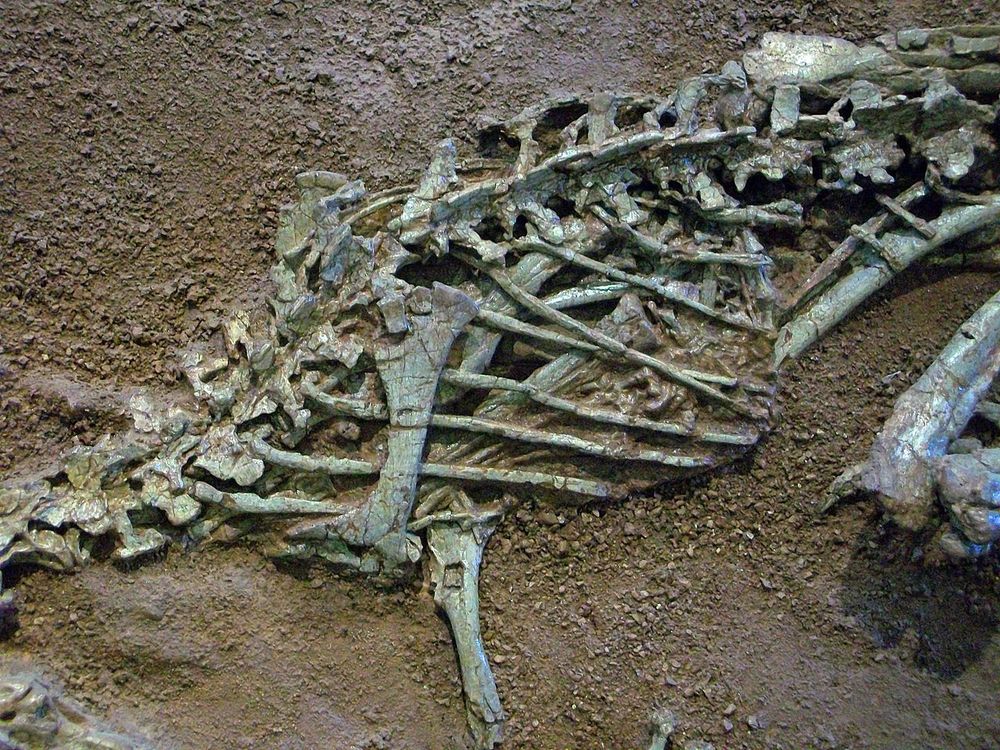
#ChinleWeek #FossilFriday
#ChinleWeek #Paleontology
www.tandfonline.com/doi/full/10....
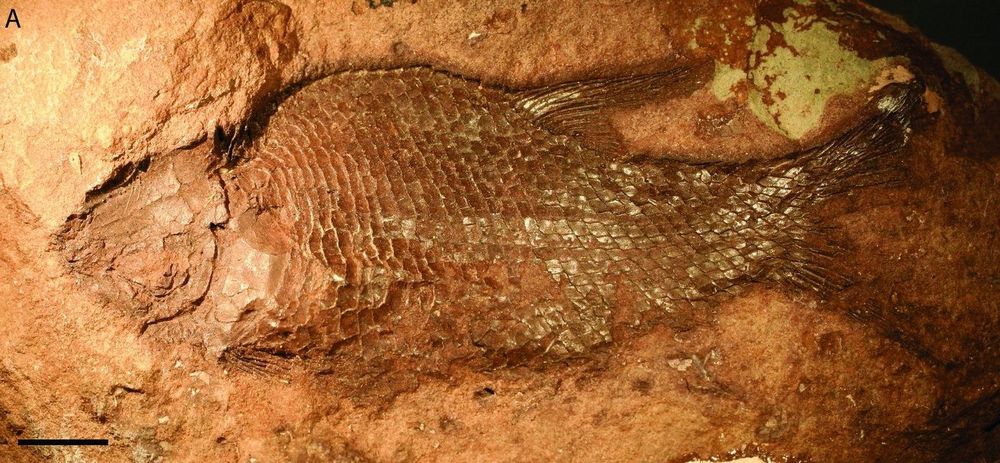
#ChinleWeek #Paleontology
www.tandfonline.com/doi/full/10....
#ChinleWeek #Paleontology
palaeo-electronica.org/content/2021...
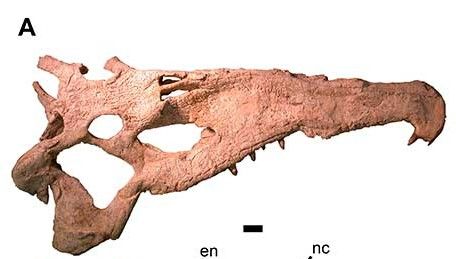
#ChinleWeek #Paleontology
palaeo-electronica.org/content/2021...
#ChinleWeek #Paleontology
www.nps.gov/pefo/learn/n...

#ChinleWeek #Paleontology
www.nps.gov/pefo/learn/n...
#ChinleWeek #Paleontology
www.nps.gov/pefo/learn/n...
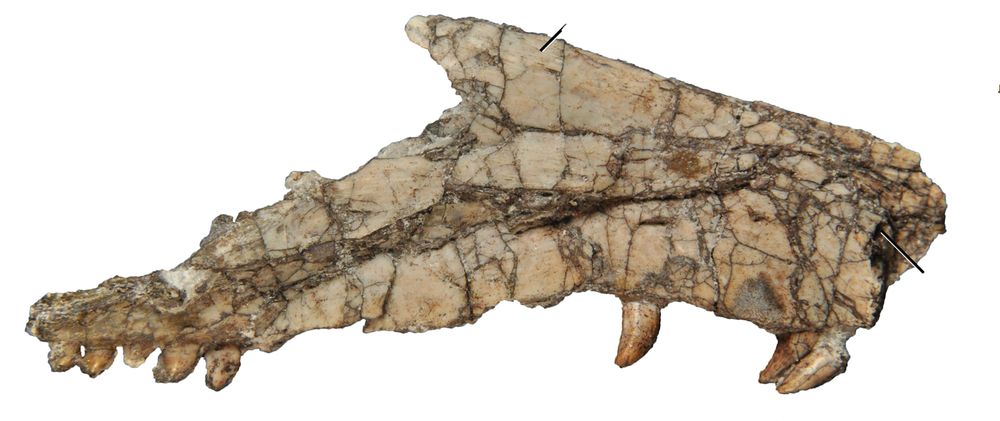
#ChinleWeek #Paleontology
www.nps.gov/pefo/learn/n...
#ChinleWeek #Paleontology
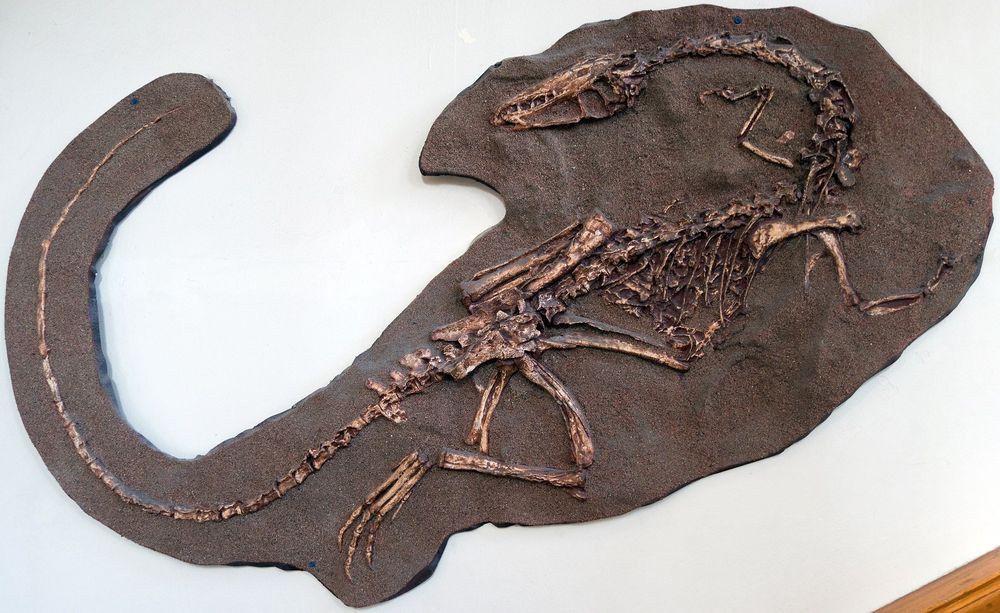
#ChinleWeek #Paleontology
#SantangWeek #Paleontology
journalofpalaeogeography.springeropen.com/articles/10....

#SantangWeek #Paleontology
journalofpalaeogeography.springeropen.com/articles/10....
#SantangWeek #FossilFriday www.sciencedirect.com/science/arti...

#SantangWeek #FossilFriday www.sciencedirect.com/science/arti...
#SantangWeek #paleontology onlinelibrary.wiley.com/doi/full/10....
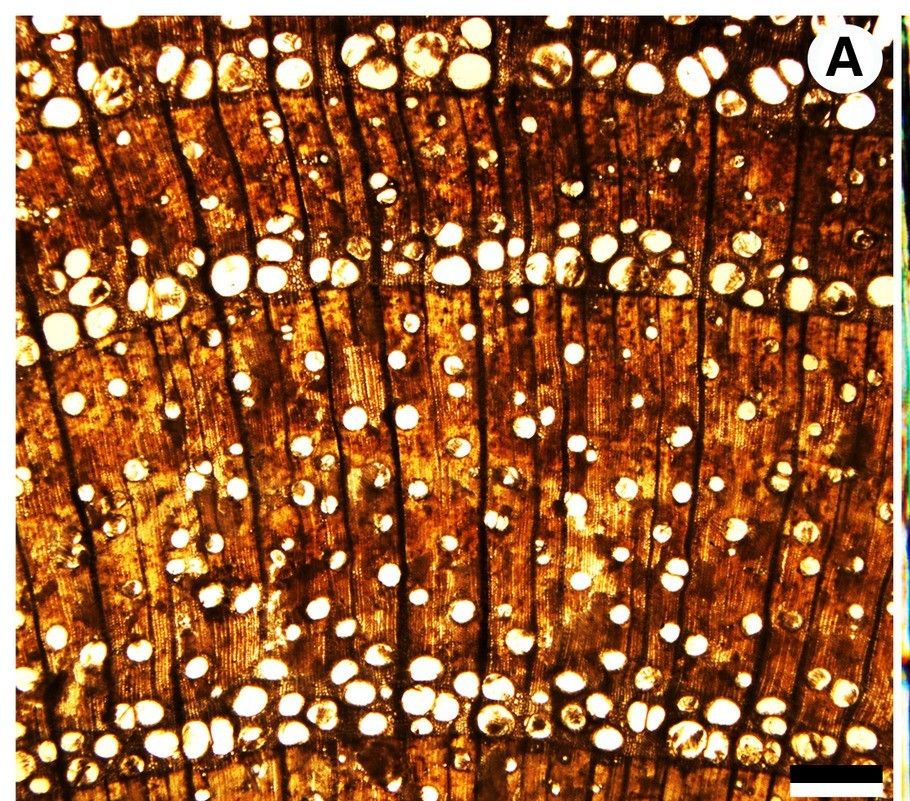
#SantangWeek #paleontology onlinelibrary.wiley.com/doi/full/10....
#SantangWeek #paleontology www.nature.com/articles/s41...
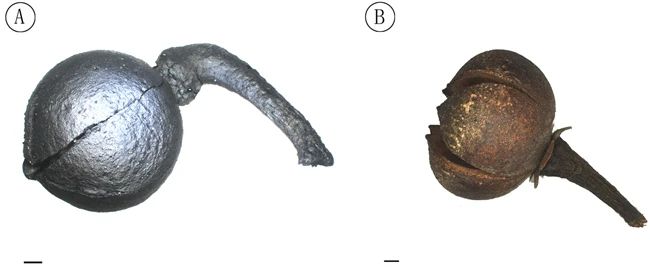
#SantangWeek #paleontology www.nature.com/articles/s41...
#SantangWeek #Paleontology
www.researchgate.net/publication/...
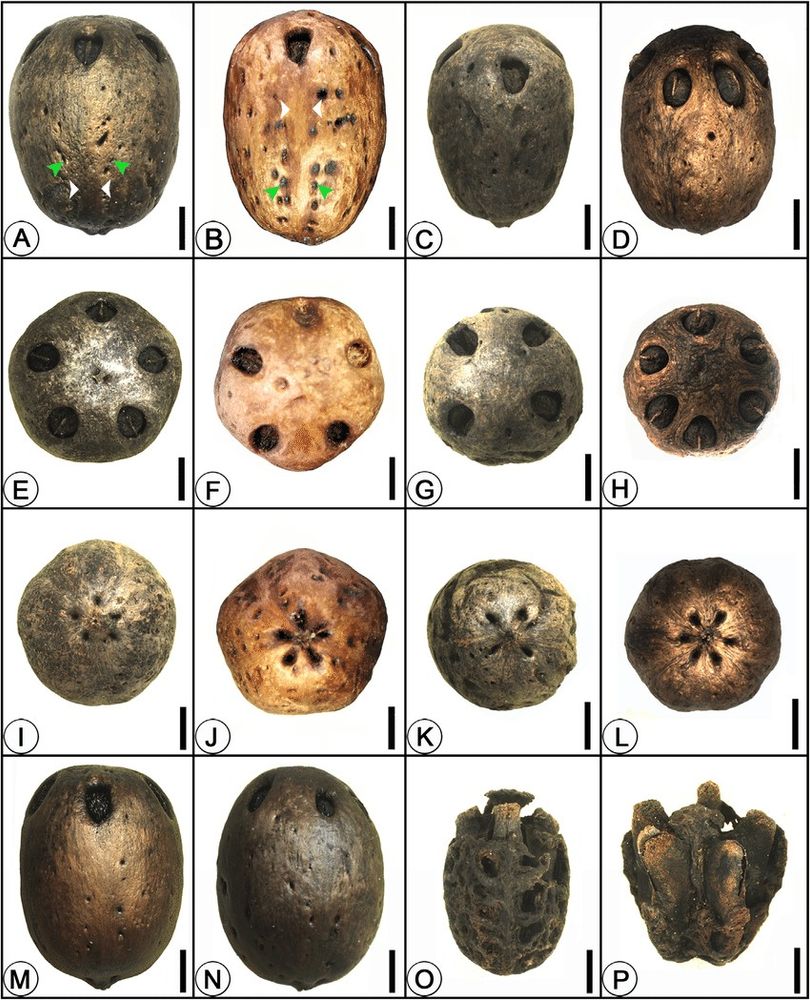
#SantangWeek #Paleontology
www.researchgate.net/publication/...
#SantangWeek #Paleontology
www.sciencedirect.com/science/arti...

#SantangWeek #Paleontology
www.sciencedirect.com/science/arti...
#SantangWeek #paleontology www.researchgate.net/publication/...

#SantangWeek #paleontology www.researchgate.net/publication/...

